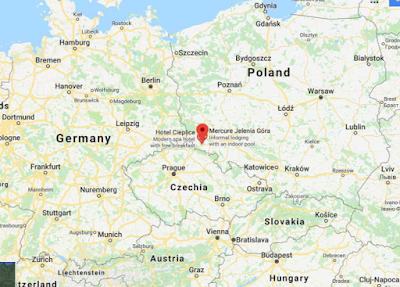I recently learned that some family members were greatly affected during the Revolutionary War in what is called The Burning of Falmouth. It occurred in Portland, Maine.
Family member name: William Pearson
Lifetime: 1740-1776
Tree branch: Pearson
Relation: My 5x great grandfather
William Pearson moved to Falmouth (now called Portland, Maine) in 1762. He married shortly thereafter and started raising a family which would include five children. William is mentioned in the book
History of Portland in a biographical note.
It says "William Pearson built a one-story house at the eastern end of Fore Street in 1775, and had just moved into it when it was consumed in Mowatt's attack, which swept off every house on that part of the street east of India street."
Local residents called the incident Mowatt's attack or Mowatt's bombardment.
Here is a modern-day map of Portland. His house would have been around the site of the current Railroad Museum. It is the first street from the water. This location would have been helpful for his work, since he was a caulker by trade. A caulker used tar and hemp to make ships watertight.
Apparently those in Falmouth were quite the rebellious bunch. They taunted the British by stealing supplies and helping the cause down in Boston which was well underway since the battles of Lexington and Concord had occurred six months prior. Unfortunately, they were also defenseless, which is a bad combination.
The British had had enough. They sailed into Falmouth harbor on the morning of October 18, 1775 with Captain Henry Mowat in command. A British lieutenant went ashore with an ultimatum: swear allegiance to King George or become cannon fodder. Option number one was out of the question, so the townspeople evacuated. The British mercifully gave them two hours to do so.
Multiple war vessels pummeled Falmouth with cannon balls and burning missiles for the rest of the day. Most of the town was destroyed, about half of the residents became homeless, including my 5x great grandparents and my 4x great grandfather, their son Jonathan.
What a heartache! Your brand new home is destroyed, your young family needs a place to live, your work is affected because most ships in the harbor were also destroyed. I don't know how the family handled the situation. However things got worse because William died less than 6 months later, not yet 37 years old.
Was William one of the "rebels"? Was he one of the intended targets or was he an innocent victim? Either way, the family's life got turned upside down during the Revolutionary War in a little-known event called The Burning of Falmouth.






























